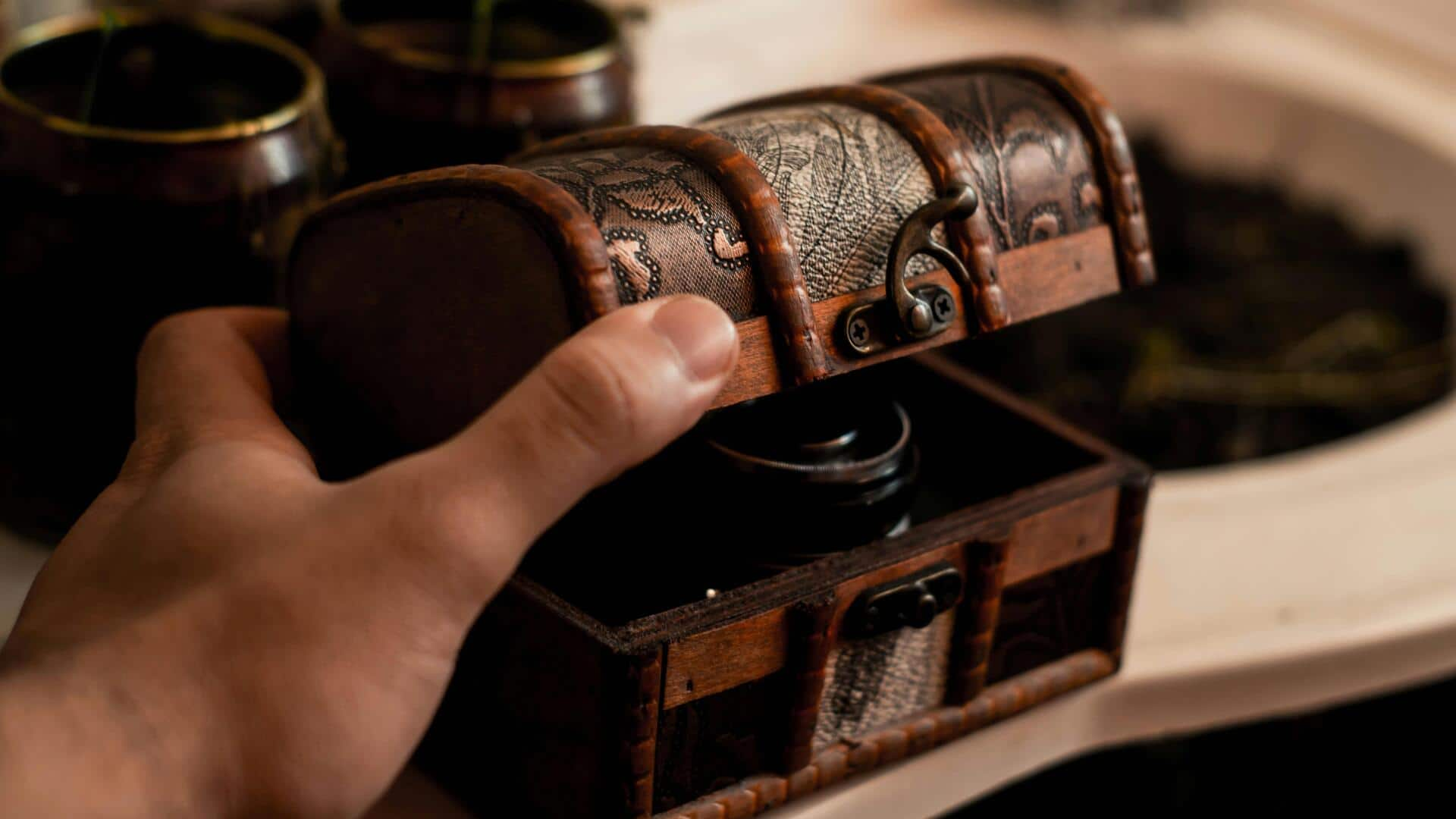
Why Rajasthani lacquer art is still captivating the world
What's the story
Rajasthani lacquer art is a centuries-old craft that has fascinated art lovers with its vibrant colors and intricate designs. This traditional art form, which originated in the deserts of Rajasthan, is known for its unique use of lacquer to embellish wooden items. The artisans apply layers of lacquer and carve them into beautiful patterns, creating stunning pieces. Here's what makes this art form so special.
#1
Historical roots of lacquer art
The history of Rajasthani lacquer art dates back to the Mughal era, when it was introduced to India. The craft flourished under royal patronage and became an integral part of Rajasthani culture. Initially, it was used to decorate household items like combs and boxes. Over time, the craft evolved with artisans experimenting with different techniques and designs, resulting in a rich legacy.
#2
Techniques involved in crafting
Creating Rajasthani lacquer art is a meticulous process that requires skill and patience. Artisans first prepare a wooden base, which is then coated with layers of natural lacquer. Once dried, they carve intricate patterns into the surface using fine tools. The final step involves polishing the piece to enhance its shine and durability. Each item is unique due to the handcrafted nature of this process.
#3
Vibrant color palette used
One of the most striking features of Rajasthani lacquer art is its vibrant color palette. Artisans use natural dyes to create bold hues that are both eye-catching and long-lasting. From deep reds to bright yellows, these colors are carefully selected to complement each other and enhance the overall design of the piece.
#4
Contemporary applications of lacquer art
While traditionally associated with small decorative items, Rajasthani lacquer art has found new applications in contemporary design. Today, it is used in fashion accessories like jewelry and hairpins, as well as home decor items such as wall hangings or coasters. This adaptation has helped keep this ancient craft alive by appealing to modern consumers who appreciate its beauty and craftsmanship.